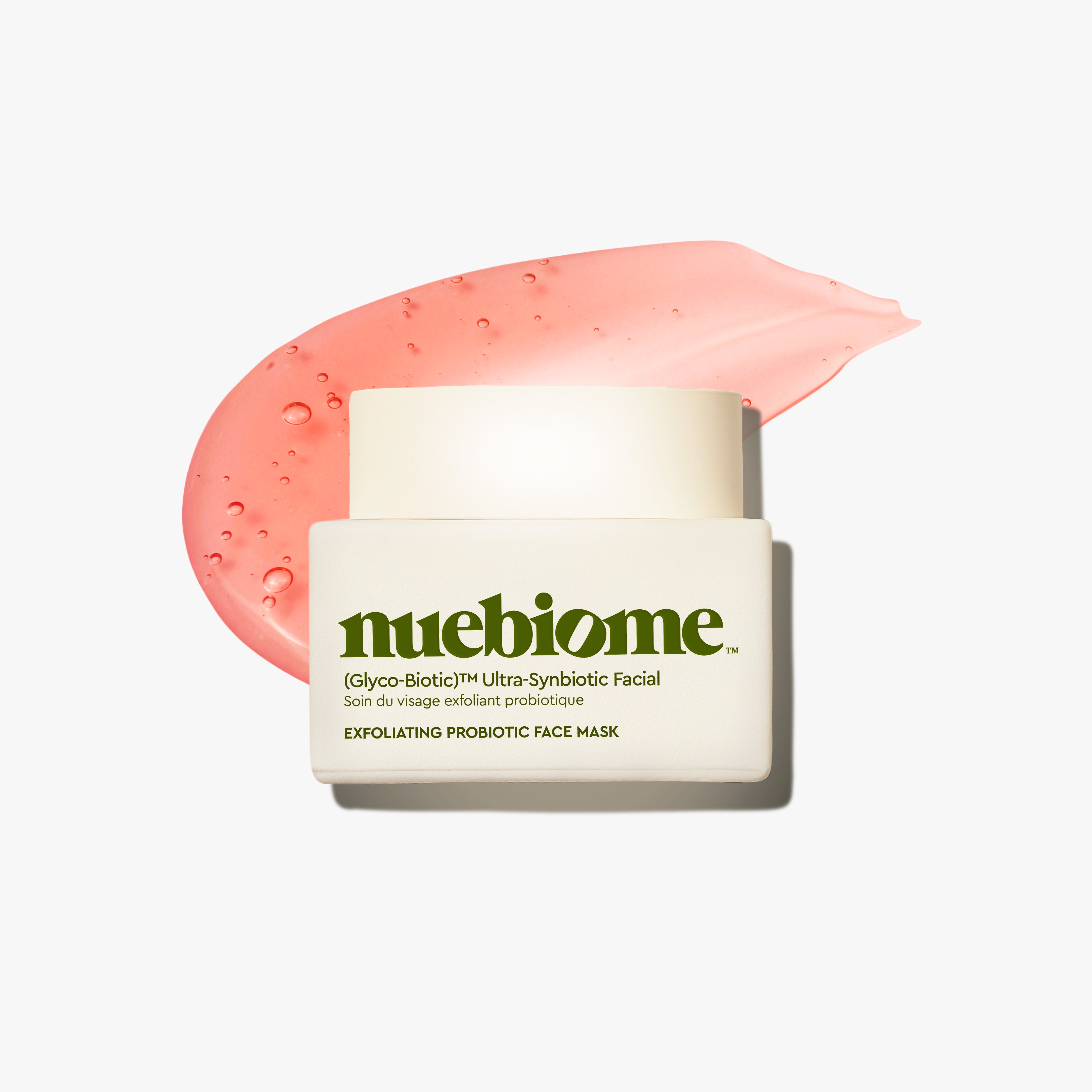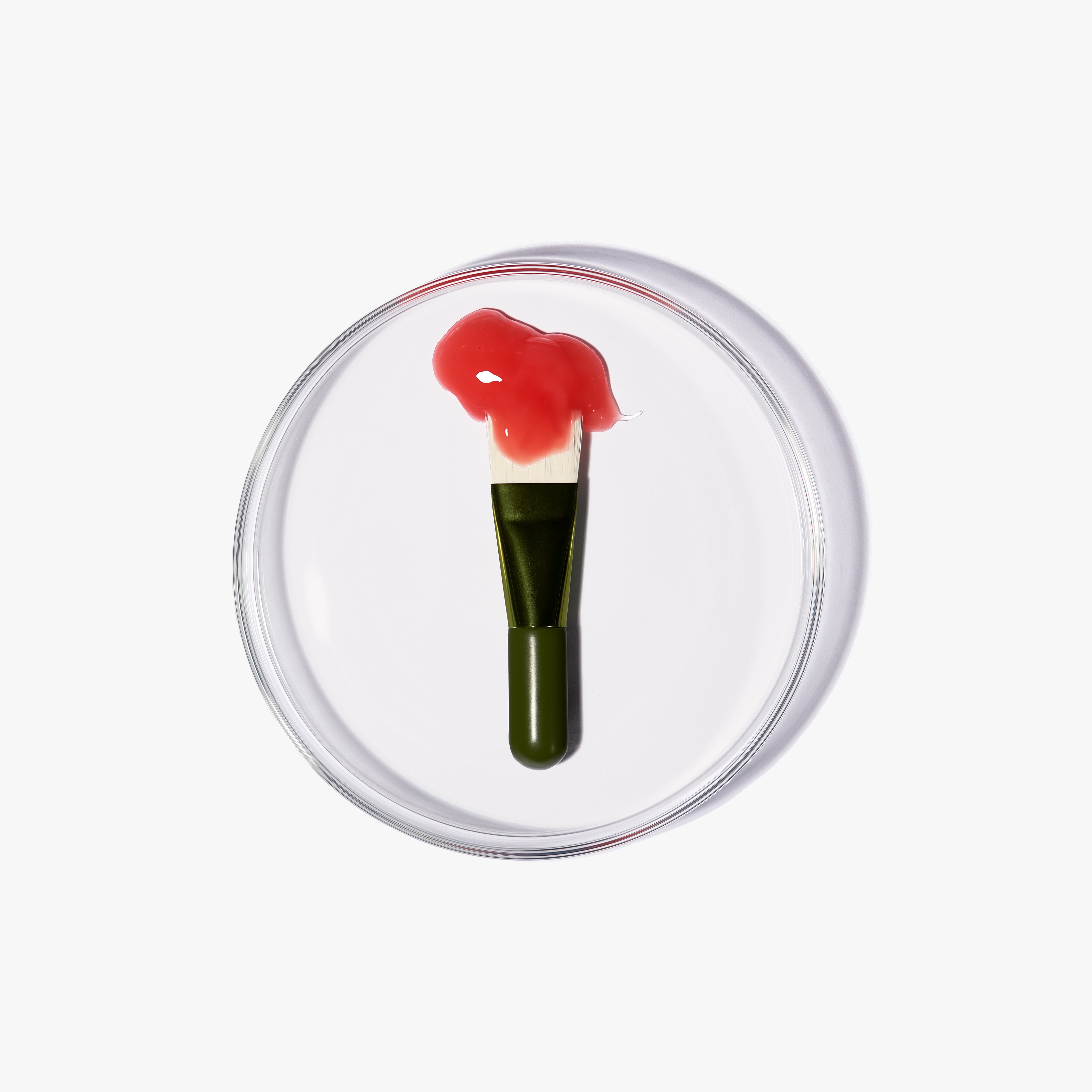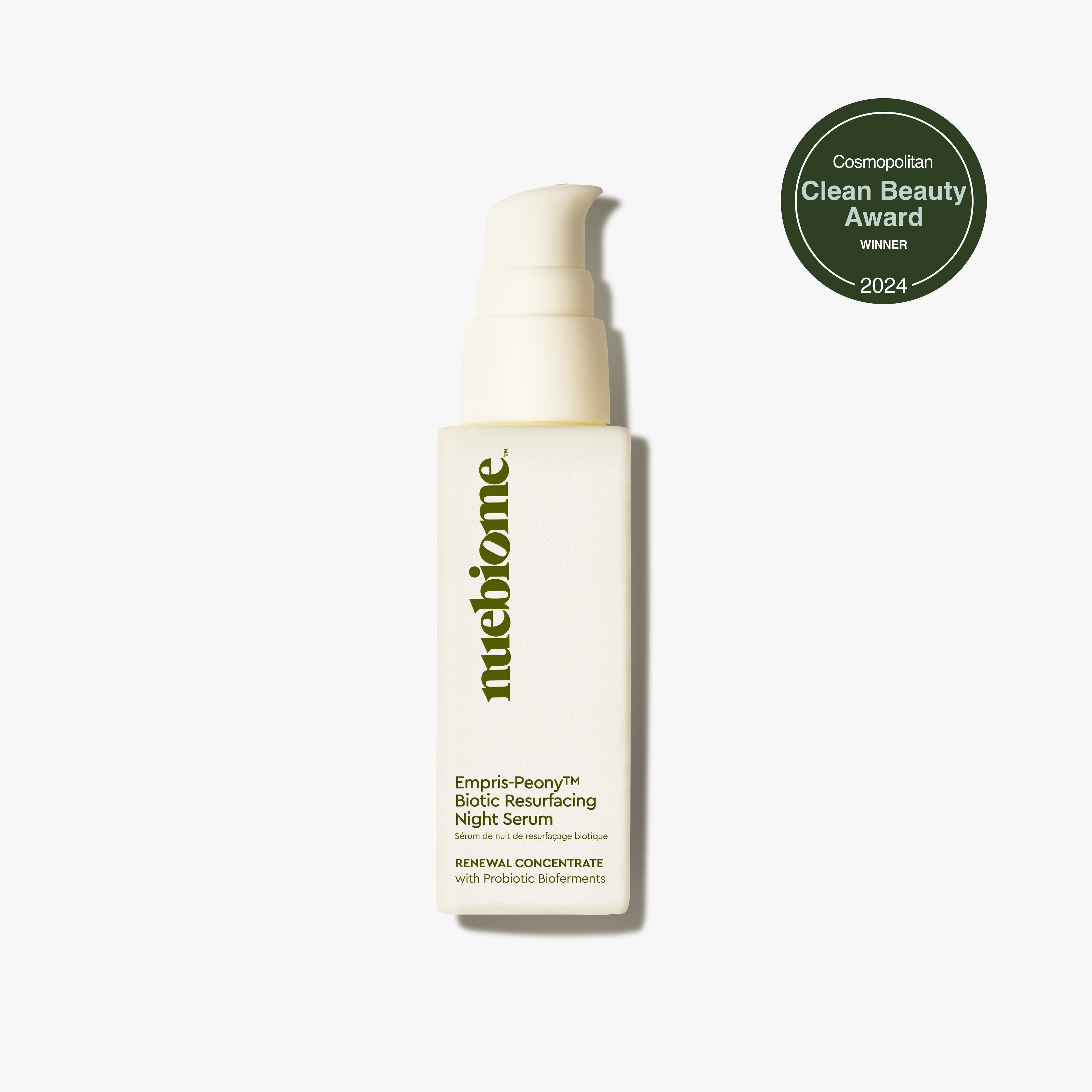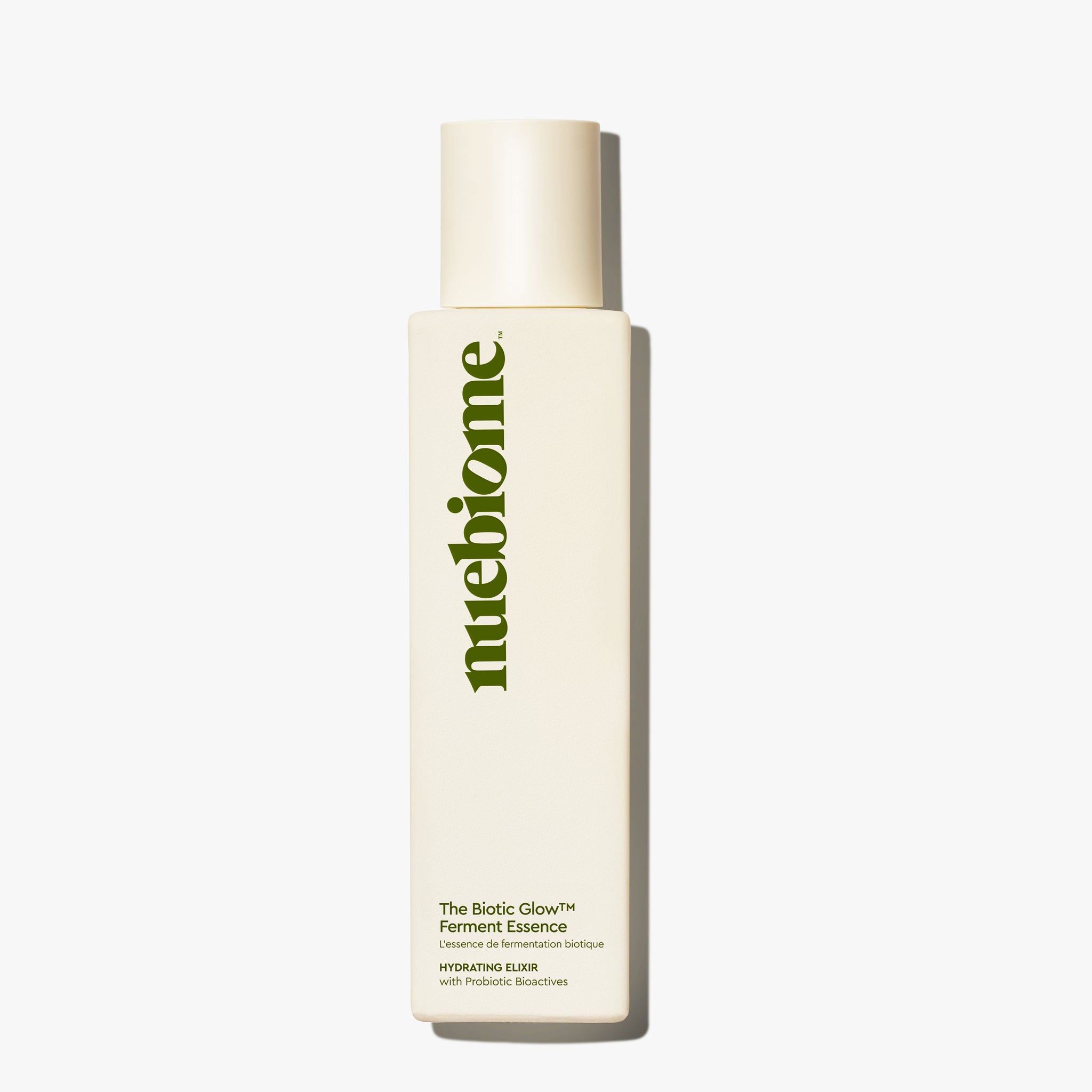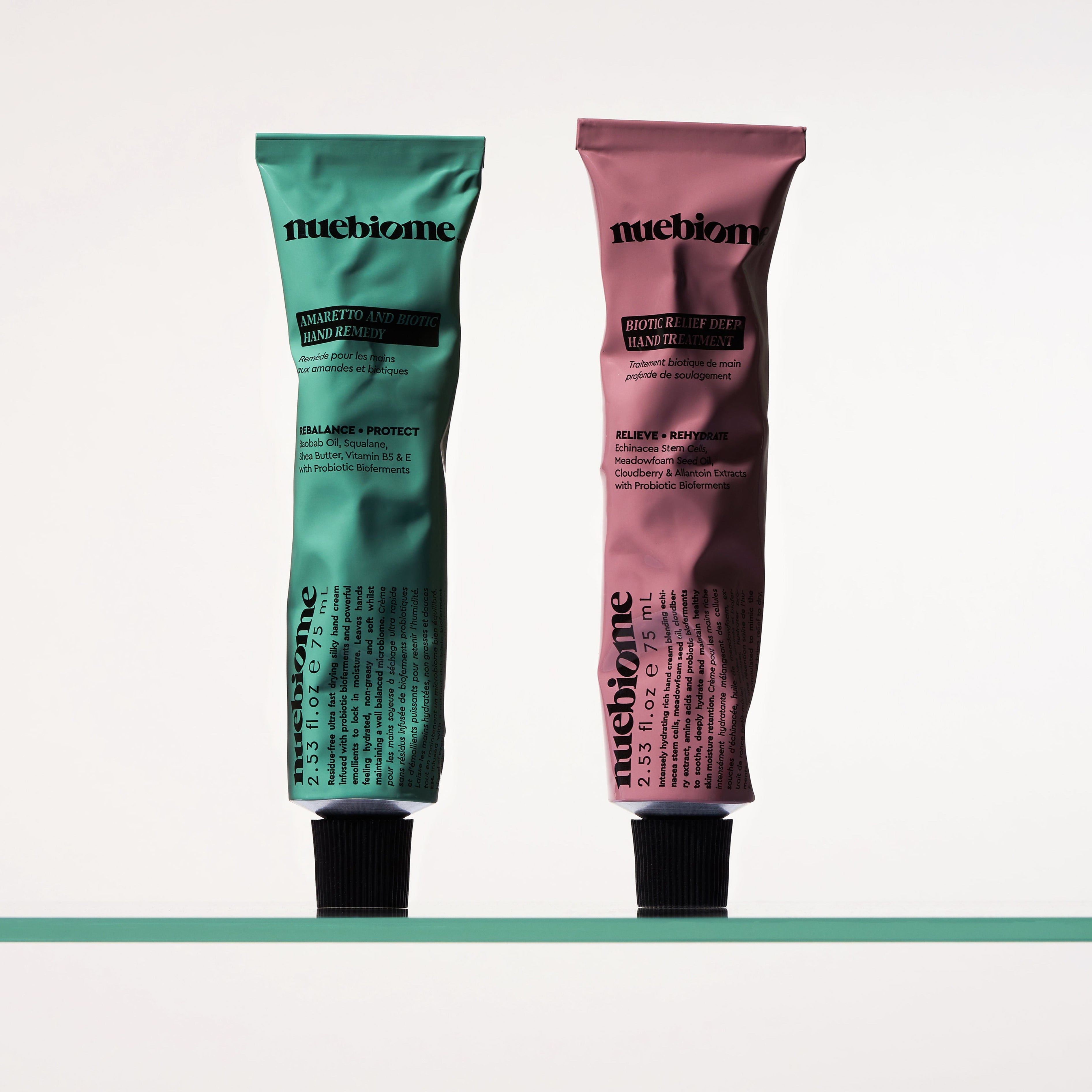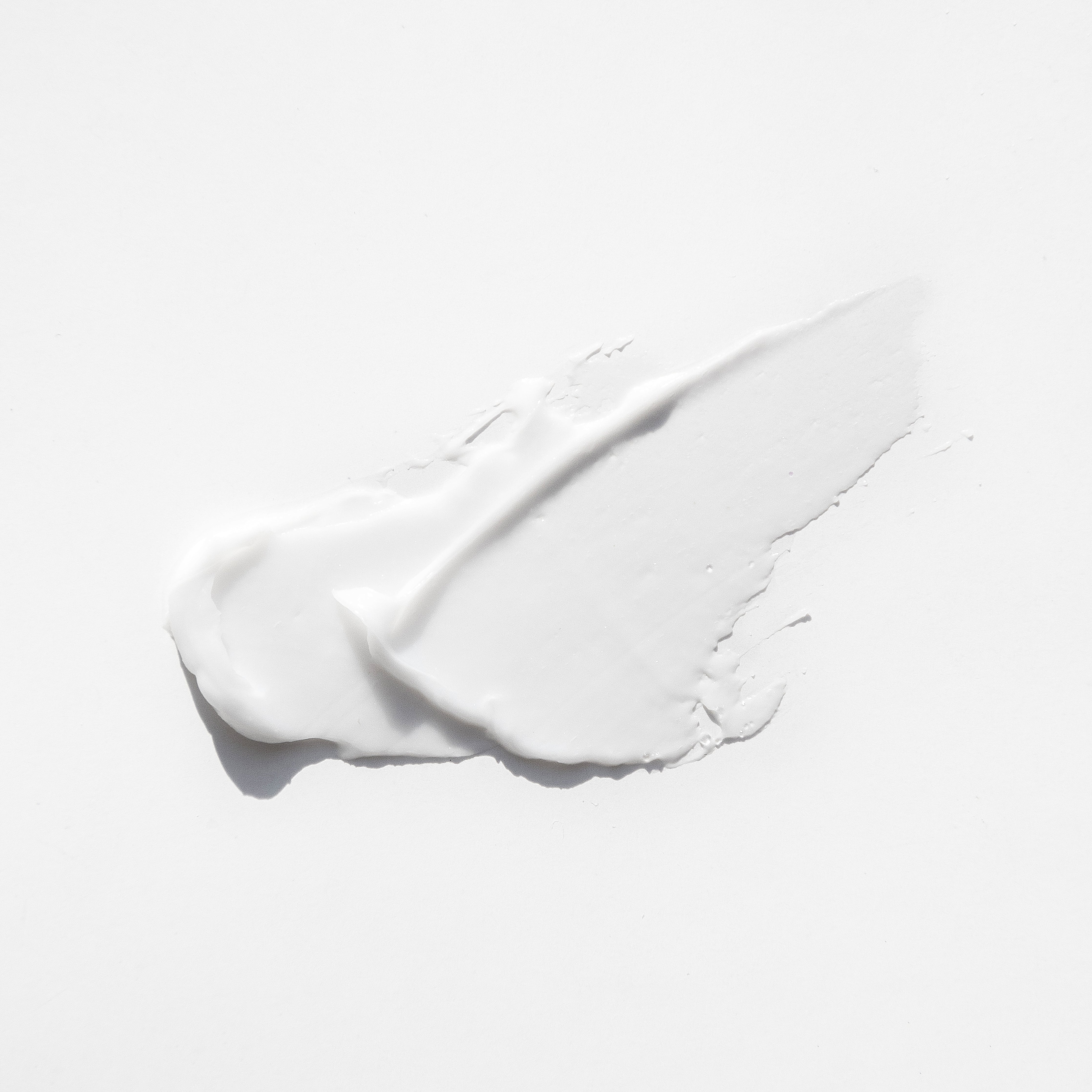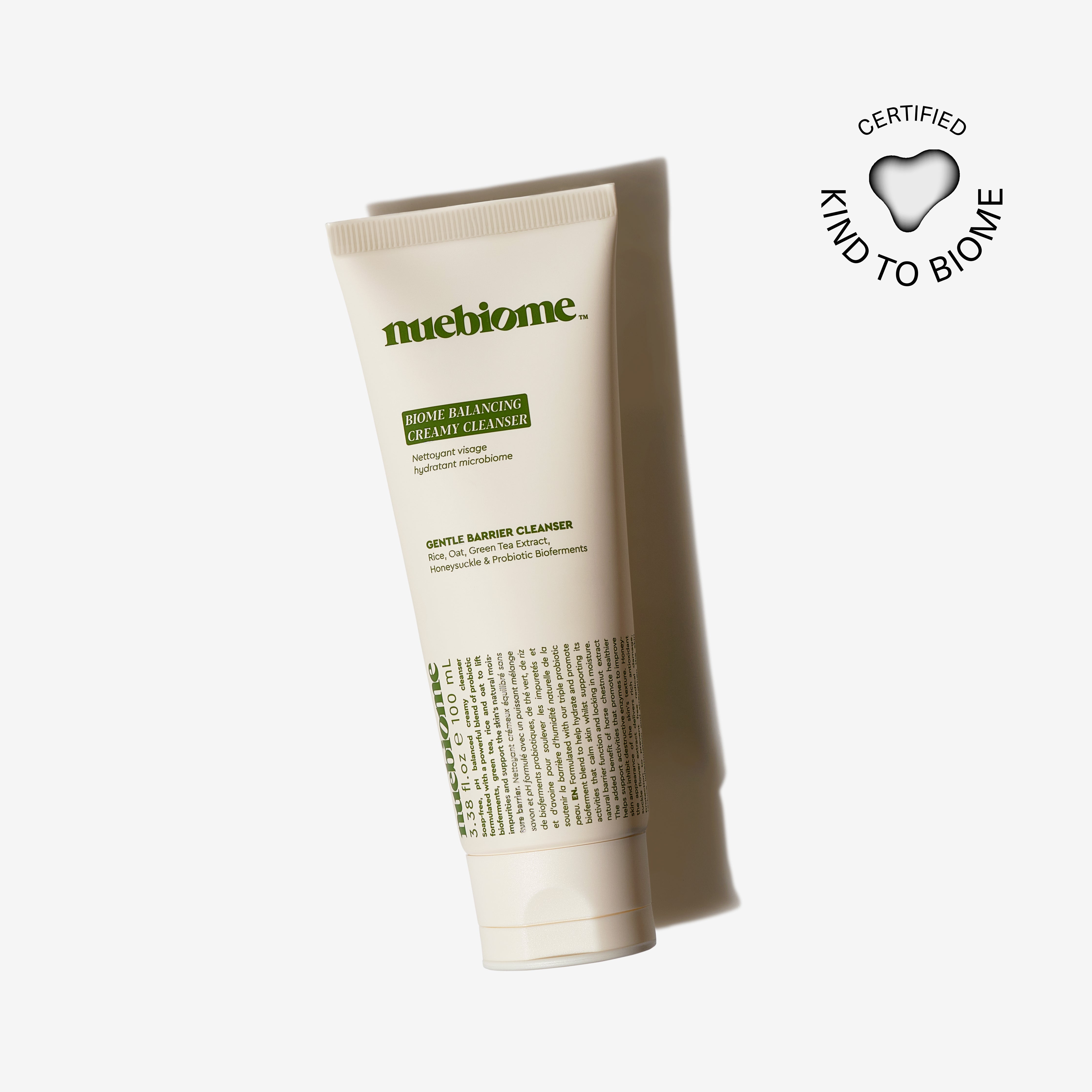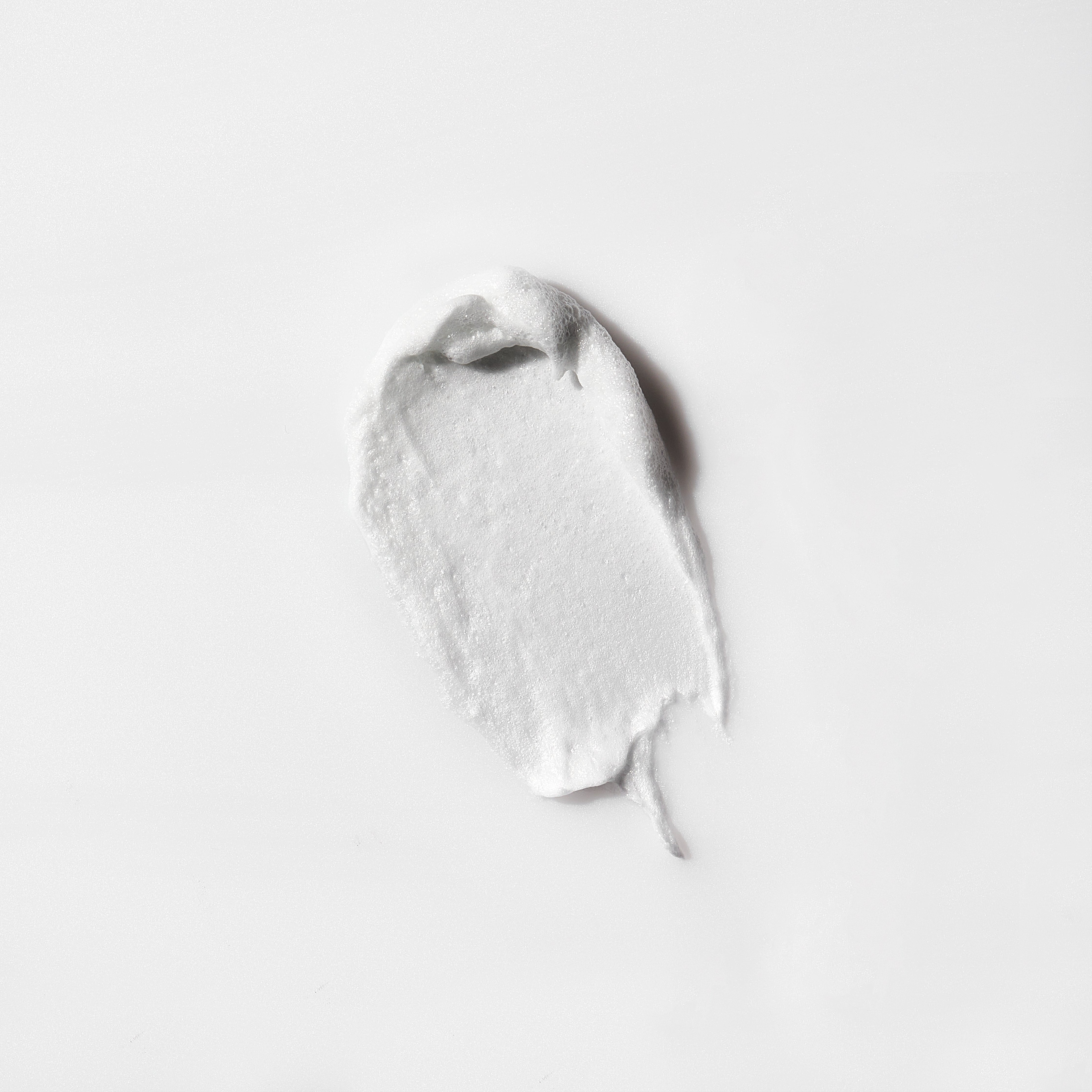Dealing with breakouts on your chest, back, and shoulders can be frustrating. You may have tried countless products that promise clear skin, only to find the bumps return. It’s a cycle that can feel endless and discouraging. The truth is, many common solutions for body acne are designed to be aggressive, and they often miss the root of the problem.
Many traditional treatments focus on stripping the skin of oil. They use harsh ingredients that can disrupt your skin’s natural balance. This can lead to more irritation and a cycle of recurring breakouts. Instead of fighting against your skin, a better approach is to work with it.
This guide will help you understand the science of your skin in a new way. We will bust common myths about body acne and reveal a path to clearer-looking skin. The secret lies in supporting your skin’s microbiome, its own delicate ecosystem, for lasting comfort and balance.
Myth #1: You Must Scrub Aggressively to Get 'Clean'
When you see breakouts, your first instinct might be to scrub them away. Many people reach for gritty physical exfoliants or rough loofahs, thinking this will deep clean their pores. However, this approach often does more harm than good. Aggressive scrubbing can create tiny tears in the skin's surface, which can lead to more irritation and discomfort.
Your skin has a natural protective shield called the moisture barrier. This barrier, along with the slightly acidic pH of your skin (the acid mantle), helps keep it looking calm and balanced. Harsh scrubbing and stripping cleansers can damage this shield, leaving your skin vulnerable and less able to defend itself.
Instead of fighting your skin, try a gentler approach. A soft washcloth and a mild cleanser are all you need for daily cleansing. For exfoliation, choose smart, targeted treatments that dissolve dead skin cells without causing irritation. This method respects your skin’s barrier and supports its natural functions.
Myth #2: All Bacteria on Your Skin is the Enemy
The idea that all bacteria are bad is a widespread myth. Your skin is home to a complex and diverse community of microorganisms, both good and bad. This community is called the skin microbiome. When it's in balance, your skin looks and feels its best. The beneficial microbes help keep the potentially harmful ones in check.
Body breakouts are not simply a sign of "dirty" skin. They often happen when this ecosystem is thrown out of balance. Factors like sweat, friction from clothing, and harsh products can allow certain types of bacteria to multiply too quickly. This imbalance is what leads to the appearance of blemishes and irritation.
This is where prebiotics in skincare become so valuable. Prebiotics are essentially food for the good bacteria on your skin. By nourishing these beneficial microbes, you help restore balance to your skin’s microbiome. When the good bacteria thrive, they create an environment where the less desirable bacteria are less likely to overgrow. You can learn about how powerful prebiotic ingredients like Inulin support your skin's ecosystem and contribute to a calmer, clearer appearance.
A balanced skin microbiome is the foundation for clear-looking skin.
A Microbiome-Balancing Ritual for Stubborn Body Acne
Transforming the appearance of your skin doesn’t have to feel like a clinical chore. You can create a supportive, sensory ritual that nurtures your skin back to balance. This two-step process focuses on soothing the skin, gently clarifying pores, and feeding your microbiome.
Step 1: The Therapeutic Soak
A warm bath is more than just a way to relax; it can be an essential first step in your body care routine. Soaking in water infused with the right ingredients helps to soften the skin, calm the feeling of irritation, and prepare it for targeted treatments. It’s one of the most effective ways of unlocking the therapeutic benefits of a ritualistic soak.
For a truly skin-supportive experience, add prebiotic-rich bath salts to the water. The Citrus Therapy Prebiotic Bath Salts combine mineral-rich salts with powerful prebiotics. Key ingredients like Inulin and Alpha-Glucan Oligosaccharide provide nourishment for your skin's good bacteria, helping to rebalance its ecosystem. At the same time, Magnesium Sulfate (Epsom salt) helps to soothe and comfort the skin, making this soak a perfect start to your ritual.

If your skin also feels tense or your muscles are tired, the Prebiotic Magnesium Muscle Recovery Flakes offer profound comfort. These flakes dissolve easily, delivering pure Magnesium Chloride directly to the skin. Magnesium is an essential mineral known for its ability to create a feeling of calm and relaxation. Combined with a prebiotic complex of Inulin and Alpha-Glucan Oligosaccharide, this soak supports both muscle comfort and your skin's microbiome.

Step 2: The Targeted Treatment
After your soak, when your skin is soft and receptive, it’s the perfect time for a targeted treatment. While it was designed for the face, a high-performance exfoliating mask can work wonders on stubborn areas of the body, like the back and chest. This is a smarter way to address clogged pores without resorting to harsh, drying spot treatments.
The (Glyco-Biotic)™ Ultra-Synbiotic Face Mask is an ideal choice for a body treatment. This sophisticated gel formula uses a blend of acids and ferments to deliver multiple benefits. Glycolic Acid, a well-known alpha-hydroxy acid (AHA), works on the surface to dissolve the bonds holding dead skin cells together. This helps to gently clear out clogged pores and refine the skin’s texture, making it look smoother.

What makes this mask truly unique is its synbiotic complex. It contains a Lactobacillus Ferment Lysate Filtrate, a postbiotic ingredient that supports your skin's beneficial bacteria. It also includes Niacinamide, which helps to visibly refine the look of pores and improve the evenness of your skin tone. This combination of gentle exfoliation and microbiome support helps you achieve a clearer appearance without compromising your skin barrier.
How to Use on the Body:
- After bathing, pat your skin dry.
- Apply a thin, even layer of the mask to affected areas, such as your chest, back, or shoulders.
- Leave it on for 10–15 minutes. You may feel a slight tingling, which is normal.
- Rinse thoroughly with lukewarm water.
- Start by using it once a week, and you can gradually increase to 2-3 times per week if your skin responds well. Always remember to patch test on a small area first.
Myth #3: Oily and Acne-Prone Skin Should Be Dried Out
One of the most persistent skincare myths is that oily or blemish-prone skin needs to be dried out. Many people avoid moisturizers, fearing they will clog pores and make breakouts worse. In reality, the opposite is often true. Stripping your skin of its natural oils sends a signal to your body that the skin is dehydrated and vulnerable.
In response, your skin can go into overdrive, producing even more oil to compensate for the dryness. This process is known as dehydration-induced oil production. This excess oil can then lead to more clogged pores and continue the cycle of breakouts you're trying to stop. A healthy, hydrated skin barrier is your first line of defense against future blemishes.
The key is to choose the right kind of hydrator. Look for a lightweight, non-comedogenic lotion or gel that provides moisture without feeling heavy or greasy. Proper hydration helps to keep your skin barrier functioning optimally, which is crucial for maintaining balance and preventing future issues. You can apply the same core principles for managing oily skin to your body care routine for a comfortable, balanced feel.
Lifestyle Habits to Support a Clear-Skin Ecosystem
Your daily habits play a significant role in the health of your skin's ecosystem. By making a few simple adjustments, you can support your skincare ritual and promote a clearer, more balanced appearance.
Choose Breathable Fabrics: Tight, synthetic fabrics like polyester and nylon can trap heat and sweat against your skin. This creates a warm, moist environment where bacteria can thrive. Opt for loose-fitting clothing made from natural, breathable materials like cotton, linen, or bamboo, especially when you work out.
Shower After Sweating: Don't let sweat sit on your skin. After a workout or any activity that causes you to perspire, rinse off as soon as possible. A quick shower helps to wash away sweat, oil, and bacteria that could otherwise clog your pores.
Change Your Linens Regularly: Bed sheets and towels can accumulate dead skin cells, oil, and bacteria over time. Aim to wash your towels after every few uses and change your bed sheets at least once a week to ensure you’re starting with a fresh surface each night.
Consider Your Diet and Stress: What happens inside your body can often show up on your skin. A diet high in processed foods and sugar may influence oil production for some people. Similarly, high levels of stress can impact your body in ways that may affect your skin. Focusing on a balanced diet rich in fruits and vegetables and finding healthy ways to manage stress can support your skin from the inside out.
Building a new routine takes time, so be patient and consistent with your skin. Always listen to its needs, and when trying new products, remember to patch test first. If you have persistent skin concerns, it is always best to consult with a licensed esthetician or dermatologist.
